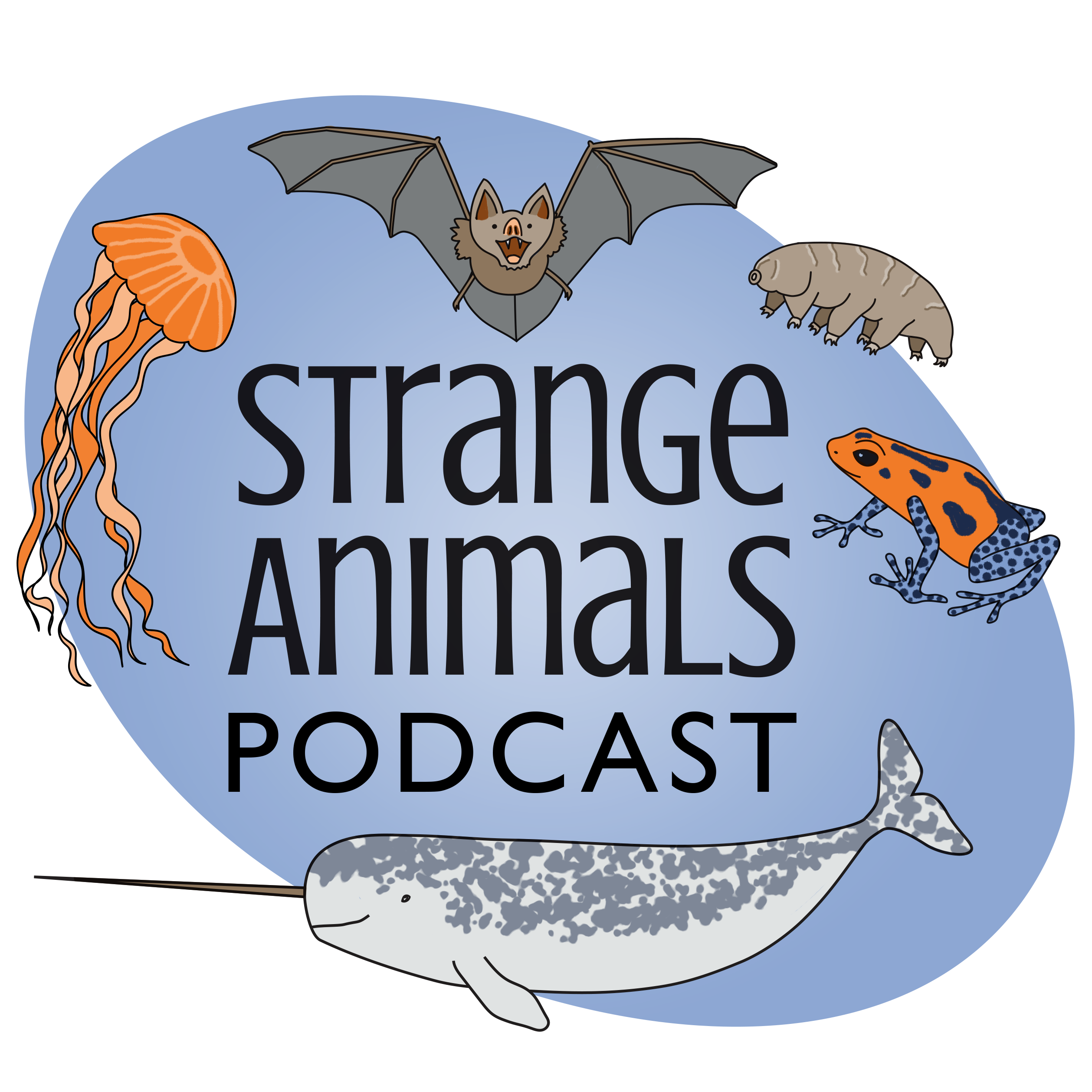Episode 136: Smallest of the Small

Last week we learned about the smallest species of animals not typically thought of as small, like snakes and cetaceans. This week let's look at some of the tiniest animals in the world, the smallest of the small!\n\nFurther watching:\n\nA short video about jerboas. Really interesting and well-made!\n\nA button quail:\n\n\n\nBaby button quails are the size of BEES:\n\n \n\nKinglets are teeny birds even when grown up. Left, the golden-crowned kinglet. Right, the goldcrest. These birds MAY BE RELATED, you think?\n\n \n\nThe pale-billed flowerpecker, also teeny and with a cute name:\n\n\n\nMoving on from birds, the pygmy jerboa is one of the smallest rodents in the world:\n\n\n\nThe Etruscan pygmy shrew is even tinier, probably the smallest known mammal alive today. Shown here with friend/lunch:\n\n\n\nThe Western pygmy blue butterfly is probably the smallest butterfly known:\n\n\n\nBut the pygmy sorrel moth is even smaller. Right: red marks left behind on a sorrel leaf eaten by its larvae:\n\n \n\nOne of the world's teeniest frogs:\n\n\n\nShow transcript:\n\nWelcome to Strange Animals Podcast. I\u2019m your host, Kate Shaw.\n\nLast week we learned about the smallest species of animals that aren\u2019t typically thought of as small. But this week let\u2019s learn about the smallest of the small animals. It\u2019s like saying they\u2019re the cutest of the cute animals. We\u2019ll start with the bigger ones and get smaller and smaller as we go.\n\nLet\u2019s start with a bird. The smallest bird is the bee hummingbird, which we\u2019ve talked about before. But there\u2019s another bird that\u2019s really small, the button quail. It\u2019s about the size of a sparrow.\n\nThe button quail isn\u2019t actually a quail, but it looks like one due to convergent evolution. There are a number of species in parts of Asia and Africa and throughout Australia. It generally lives in grasslands and is actually more closely related to shore and ocean birds like sandpipers and gulls than to actual quails, but it\u2019s not very closely related to any other living birds. It can fly but it mostly doesn\u2019t. Instead it depends on its coloring to hide it in the grass where it lives. It\u2019s mostly brown with darker and lighter speckled markings, relatively large feet, and a little stubby nothing of a tail. It mostly eats seeds and other plant parts as well as insects and other invertebrates.\n\nThe button quail is especially interesting because the female is more brightly colored than the male, although not by much. In some species the female may have bright white markings, in some their speckled markings are crisper than the males. The female is the one who calls to attract a male and who defends her territory from other females. The female even has a special bulb in her throat that she can inflate with air to make a loud booming call.\n\nThe male incubates the eggs and takes care of the chicks when they hatch. Baby button quails are fuzzy and active like domestic chicken babies but they\u2019re only about the size of a bumblebee. In many species, as soon as the female has laid her eggs, she leaves them and the male and goes on to attract another male for her next clutch of eggs.\n\nPeople sometimes keep button quails as pets, specifically a species called the painted buttonquail or the Chinese painted quail. It\u2019s about five inches long, or 12 cm. The female has black and white stripes on her face and throat. The birds can become quite tame and can live several years.\n\nButton quails make a lot of different noises. This is what a button quail sounds like:\n\n[button quail calls]\n\nOne of the smallest birds in the world that isn\u2019t a hummingbird is the kinglet, with several species that live in North America and Eurasia. The goldcrest is a type of kinglet and the smallest European bird. It\u2019s only 3.3 inches long, or 8.5 cm, although some individuals are larger. It looks a lot like the North American bird the golden-crowned kinglet, which is just a shade smaller at 3.1 inches, or 8 cm.